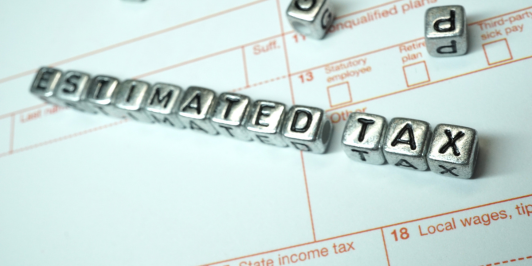Many individuals today are self-employed or generate income from interest, rent, dividends, and other sources. If you’re in that situation, you could be risking penalties if you don’t pay enough taxes during the year through estimated tax payments and withholding.
Note: The due date for the final estimated payment for 2023 is
January 16, 2024.
The Strategies
Here are three strategies to help you pay enough taxes and avoid underpayment penalties:
1. Know the minimum payment rules.
Your estimated payments and withholding must equal at least:
- 90% of your tax liability for the year,
- 110% of your tax for the previous year, or
- 100% of your tax for the previous year if your adjusted gross income for that year was $150,000 or less ($75,000 or less if married filing separately).
2. Use the annualized income installment method, if eligible.
This method often benefits taxpayers who have large variability in income by month due to bonuses, investment gains, and losses, or seasonal income — especially if it’s skewed toward year end. Annualizing calculates the tax due based on factors occurring through each quarterly estimated tax period.
3. Estimate your tax liability and increase withholding if possible.
If you find you’ve underpaid your 2023 taxes, consider having the tax shortfall withheld from your salary or year-end bonus by December 31. Withholding is considered to have been paid ratably throughout the year, so this could allow you to avoid penalties, whereas trying to make up the difference with a larger quarterly tax payment could trigger penalties.
Estimated tax payments can be tricky. Please contact us for help.
